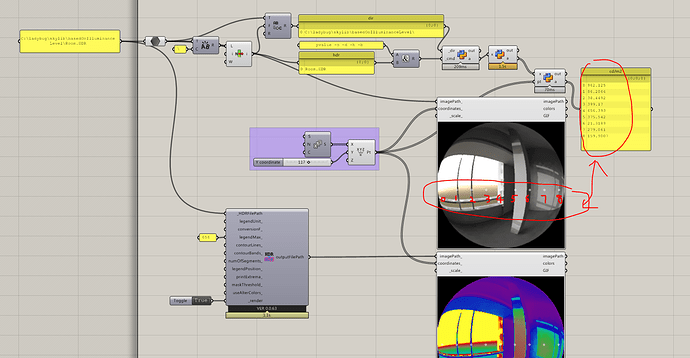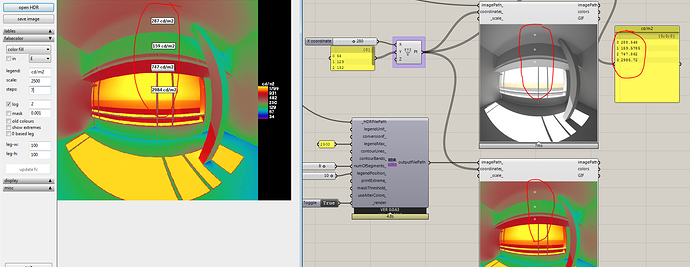Hello Ladybug community!
I am excited to write to you the introduction of a new member of Ladybug family: Ironbug. As many of you know that I have worked on a couple of components for Ladybug toolset in the past, and I have been working on bringing OpenStudio’s full HVAC modeling capability to the Grasshopper since the beginning of this year. In the meantime, I am also working on converting Ladybug [+] and Honeybee [+] Python core library to C# API to extend the Ladybug’s development ecosystem, and take advantages of C# language and tooling.
Ironbug is basically a group of tools that are written in C#. This project was called HoneybeeSharp when I first started the ReadAnnualResultsIII for Honeybee, and later changed to Ironbug when the ImageViewer was added. This year, a set of the HVAC components have been added to this group to broaden the current Honeybee energy modeling’s ability.
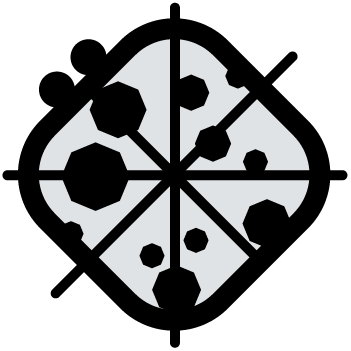
Here are general overviews of grasshopper components, and the rest of Ironbug:
For Users:
Ladybug
-
 Ladybug.ImageViewer
Ladybug.ImageViewer
Preview images directly in Grasshopper, and supports the HDR image (Radiance image) and other common image formats. The ImageViewer also allows you to generate an animated gif image when there are more than one image connected.
Demo Video of ImageViewer for Ladybug Tools
-
 Ladybug.SortByLayers
Ladybug.SortByLayers
Sort and group the Rhino geometries based on its layer information. It is very useful when modeling a complex simulation scenario with several materials or zone types, etc.
Honeybee
-
 Honeybee.ReadAnnualResultsIII
Honeybee.ReadAnnualResultsIII
ReadAnnualResultsIII has the same function as ReadAnnualResultsII, but 20x faster!
Honeybee | Read Annual Daylight Result III (v2) – 18x faster
- Honeybee.HVAC (WIP)
A set of 80 components (by Aug 4, 2018) for creating highly customizable HVAC systems including: Air handling unit, Water loops (hot water, chilled water, condensing water), and VRF.
Example:
Build a HVAC system in Grasshopper (2) VRF + DOAS
A fully customized hvac system (VAV Reheat)
For Developers:
- Ironbug.Core (WIP) Github
The fundamental DotNet library for above plugins. This library includes the Ladybug [+] and Honeybee [+]’s C# API.
- Ironbug.PythonConverter (WIP) Github
It converts Ladybug [+] and Honeybee [+]’s Python Core library to C# API.
- Ironbug.HVAC (WIP) Github
A standalone core HVAC library that can be shared between different platforms (Grasshopper, Dynamo)
Installation Instructions:
- Download the Ironbug.zip (1.4 MB) and unblock the file.
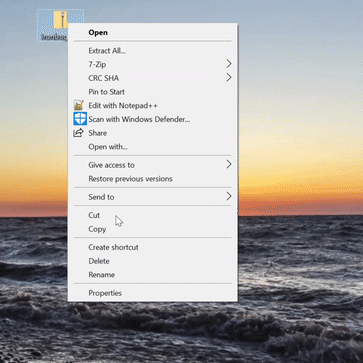
2. Unzip to C:\Ironbug, and open 00_installer.gh in Grasshopper.
3. Find the OpenStudio folder path on your computer, and set toggle to true to install.
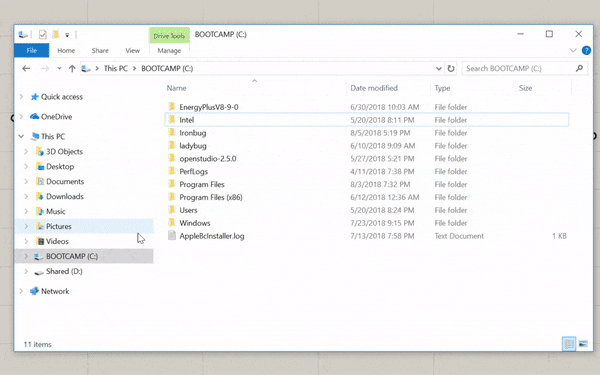
4. Restart the Grasshopper, and enjoy!
-Mingbo Peng

